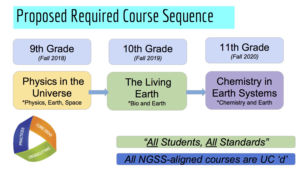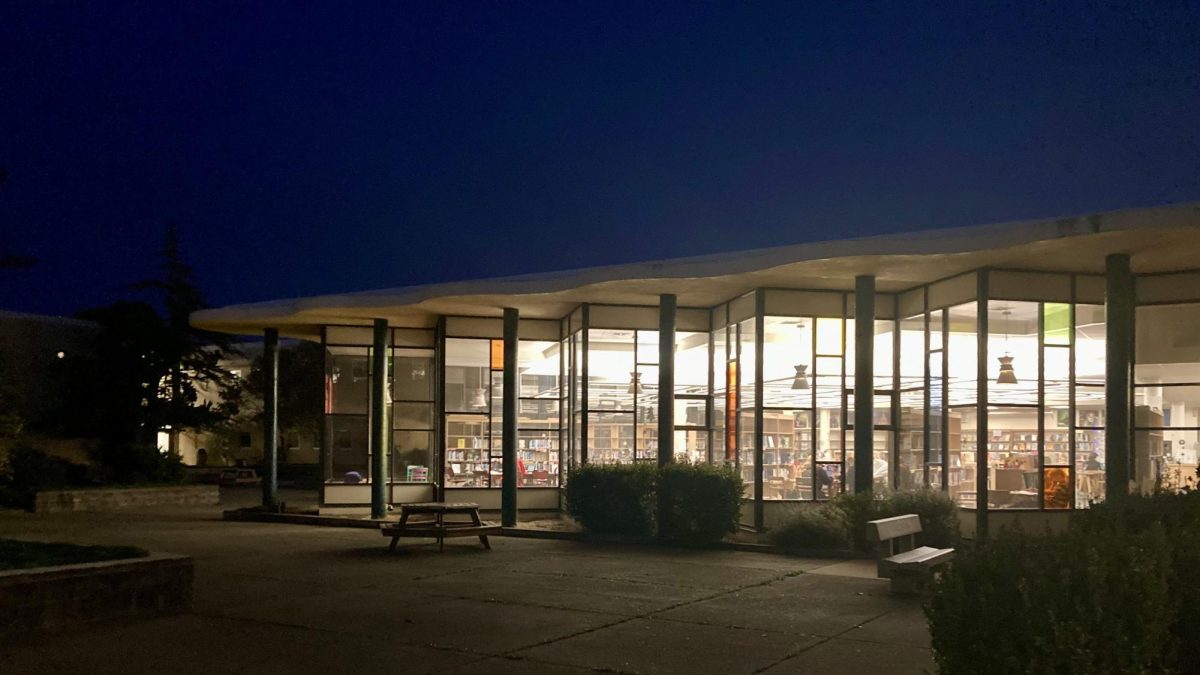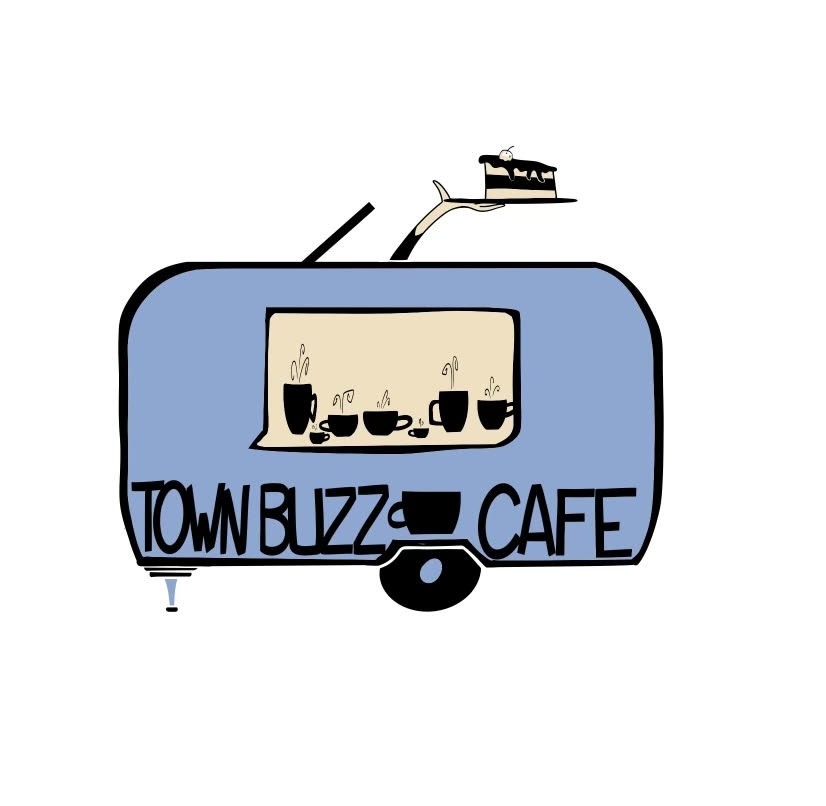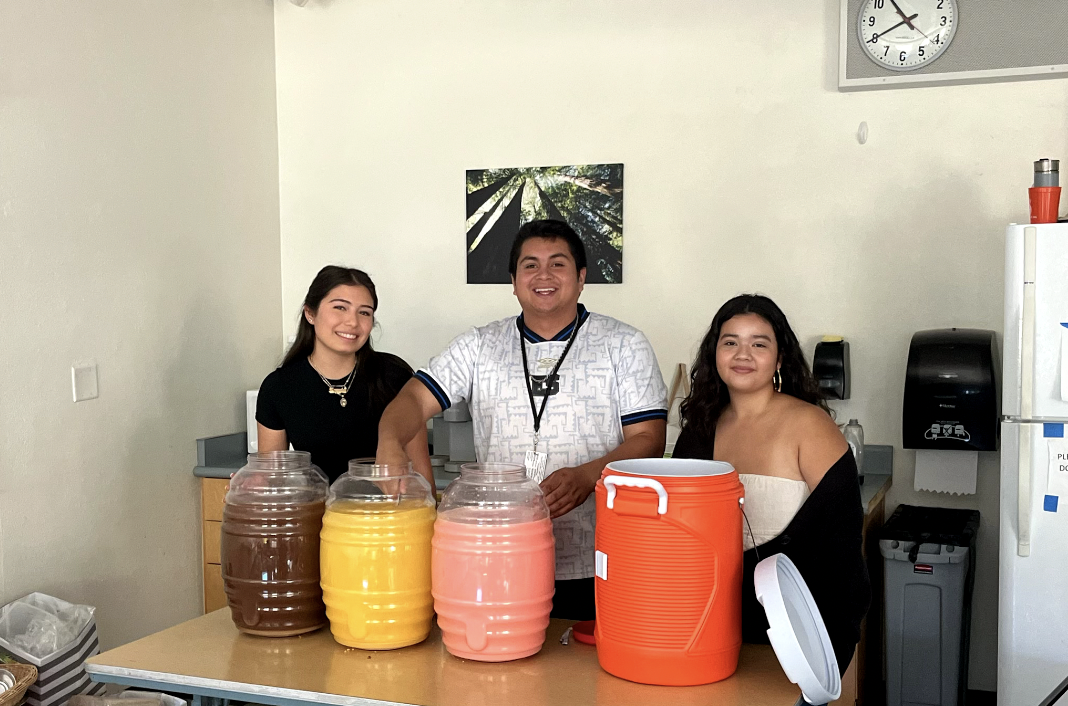A new course sequence to replace Integrated Science 1-2 and 3-4 was proposed by the Tamalpais Union High School District (TUHSD) science task force in early February.
The required three-course progression would fit the Next Generation Science Standards (NGSS) that the TUHSD is adopting in the fall of 2018. The sequence would begin with the Physics in the Universe course, followed by the Living Earth course and the Chemistry in Earth course.

According to Todd Samet, a science teacher and leader of the task force, the proposed progression is most logical for the needs of the TUHSD.
“There’s some simplicity to this. It’s more in line with what other schools around the state are doing, and I think it’s going to be more in line with what the UCs and CSUs are doing,” Samet said.
The task force, which met to determine the order in which the classes would be taken, was comprised of science teachers, teacher leaders and administrators from all of the district schools. According to Samet, the decision to adopt the state-developed sequence at the various TUHSD sites was unanimously favored among the science teachers, including those who were not members of the task force.
“We can’t just say we’re going to have Chemistry and Earth course, Bio and Earth course, Physics and Earth course, and we’re going to let the kids decide the sequence they want to take it in. We could do that, but it wouldn’t make much sense because there would be some students taking the physics course as freshmen, and there would be some juniors or seniors who would be finishing their sequence with physics, and that’s a different beast,” Samet said.
Physics in the Universe would satisfy the physics, earth and space state standards over a student’s ninth grade year.
“Physics has a lot of good phenomenon that can be observed and freshmen can relate to. It provides a context in which kids get to use mathematical skills to help them in their math curriculum as opposed to the way the model is now, in which the kids who are good at math go on to take physics,” Samet said.
A student’s second required year of science will take place during the Living Earth course, which will focus on biology and earth science. According to Samet, the Living Earth course will closely align with the current Integrated Science 3-4 class, which is regularly taken by sophomores.
The final required science class is the Chemistry and Earth Systems course, which will most commonly be taken by 11th grade students, but will also be offered as an elective course that a student may take concurrently with the Living Earth course during 10th grade. According to Samet, around 50 percent of the current general Chemistry course curriculum will be used in the Chemistry and Earth Systems course.
“Chemistry is a math heavy subject, so [having it last in the sequence] will give students enough time to have the math skills to be able to do chemistry well,” said chemistry teacher Marissa Peck. “We’ll see how it works, but I’m optimistic about it.”
All of the currently available science electives, including Advanced Placement courses, will continue to be offered. Students may choose to enroll in an elective course in addition to the NGSS sequence or wait to enroll in an elective science until their senior year.
Jessica Skieresz, a science teacher and member of the task force, added that the decision making process did not come easily.
“I want there to be as much choice and opportunity for students as possible, and one things that we really cherish in our department is that students have a lot of elective options and therefore can pursue different interests,” said Skieresz. “It’s a little restrictive, but it’s the most practical option to get all standards to all students.”
Samet believes the biggest opposition from the community and the board will stem from the lack of an honors course in the sequence.
“We have some reasons as to why we don’t believe [honors] is a good place to start from, maybe it has to come in down the road, but honors courses have consequences that are both good and bad. We think we can do a good job addressing the needs of kids that would be taking the honors courses in the regular curriculum,” Samet said.
The proposal is currently available to students, parents and staff for preliminary feedback. The board will vote on the sequence in late May, allowing teachers to write the curriculum over the summer of 2017 and the first NGSS-based course to take place in the fall of 2018.






